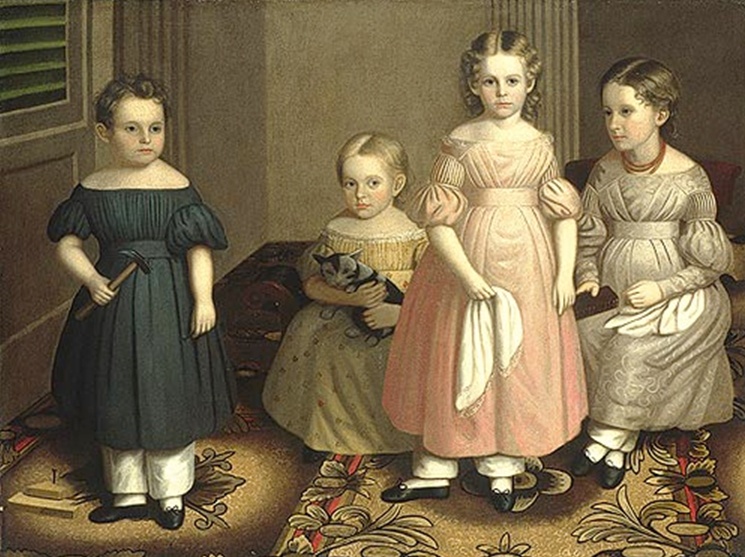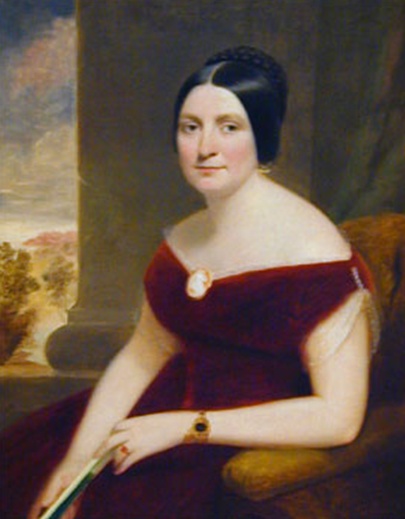Oliver Tarbell Eddy (1799-1868)
Get a Eddy Certificate of Authenticity for your painting (COA) for your Eddy drawing.
For all your Eddy artworks you need a Certificate of Authenticity (COA) in order to sell, to insure or to donate for a tax deduction.
Getting a Eddy Certificate of Authenticity (COA) is easy. Just send us photos and dimensions and tell us what you know about the origin or history of your Eddy painting or drawing.
If you want to sell your Eddy painting or drawing use our selling services. We offer Eddy selling help, selling advice, private treaty sales and full brokerage.
We have been authenticating Eddy and issuing certificates of authenticity since 2002. We are recognized Eddy experts and Eddy certified appraisers. We issue COAs and appraisals for all Eddy artworks.
Our Eddy paintings and drawings authentications are accepted and respected worldwide.
Each COA is backed by in-depth research and analysis authentication reports.
The Eddy certificates of authenticity we issue are based on solid, reliable and fully referenced art investigations, authentication research, analytical work and forensic studies.
We are available to examine your Eddy painting or drawing anywhere in the world.
You will generally receive your certificates of authenticity and authentication report within two weeks. Some complicated cases with difficult to research Eddy paintings or drawings take longer.
Our clients include Eddy collectors, investors, tax authorities, insurance adjusters, appraisers, valuers, auctioneers, Federal agencies and many law firms.
We perform Oliver Tarbell Eddy art authentication, appraisal, certificates of authenticity (COA), analysis, research, scientific tests, full art authentications. We will help you sell your Oliver Tarbell Eddy or we will sell it for you.

Oliver Tarbell Eddy, American (1799-1868) was born in Greenbush, Vermont, the oldest son of inventor, printer, and engraver Isaac Eddy, who traced his ancestry back to the Mayflower. Although his father instructed him how to engrave on copper, Eddy evidently taught himself how to paint. He married Jane Maria Burger, daughter of the silversmith Thomas Burger, in Newburgh, New York in 1822. Eddy was active as a portrait and miniature painter in New York City by 1826, and exhibited a portrait at the National Academy of Design the following year. He moved to Elizabeth, New Jersey, in 1831 and then to Newark in 1835. Eddy was extremely successful in Newark and painted at least thirteen portraits of members of the family of a hat manufacturer named William Rankin. Eddy lived in Baltimore from 1842 to 1850, painting portraits and inventing a precursor to the typewriter. He lived in Philadelphia until his death.


Eddy’s style is typical of the better class of self-taught painters of the 19th century. His sitters are meticulously rendered, invariably rather stiff and solemn. One has to remember the conventions of the time- smiling, active portraits were not to become fashionable until the end of the century. Many of his group portraits are in fact an assortment of single portraits awkwardly arranged. Eddy?s debt to the 17th century Dutch masters is obvious in his fine treatment of the interior settings and costumes, with carpets and furniture richly displayed. There is none of the casual attitude to background common in 19th century portraiture. Eddy?s meticulousness derives from his early training in copper engraving, an art requiring great precision. This also enabled him to become an accomplished miniaturist.



Are you still wondering about a painting in your collection? Contact us… it could be by Oliver Tarbell Eddy.
Reviews
1,217 global ratings
5 Star
4 Star
3 Star
2 Star
1 Star
Your evaluation is very important to us. Thank you.
